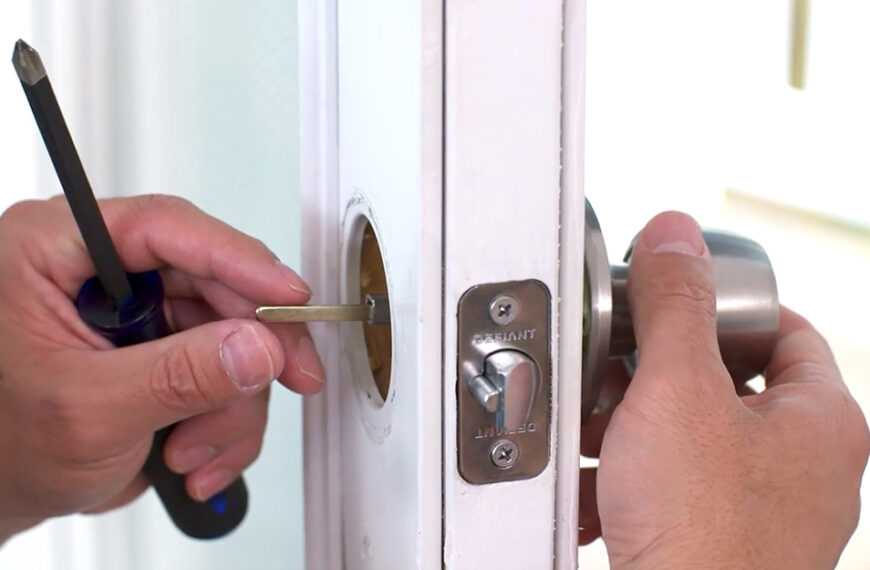Introduction
An efficient onboarding process is vital for setting new hires up for success. Traditional onboarding methods are often time-consuming, inconsistent, and error-prone. That’s where the automated onboarding process steps in—a streamlined approach to welcoming new employees, enhancing their experience, and ensuring compliance from day one. In today’s digital-first workplace, automation in onboarding is not just a convenience but a necessity.
What Is an Automated Onboarding Process?
An automated onboarding process uses technology to facilitate and manage the onboarding tasks typically done manually. This includes collecting documents, assigning training, setting up workstations, and integrating the employee into the organization’s systems and culture. With automation, businesses can ensure a consistent, efficient, and engaging experience for every new hire.
Why Automation Is Transforming Employee Onboarding
Automation brings several advantages that help businesses save time and money while improving employee engagement. It eliminates redundant paperwork, reduces administrative burdens, and shortens the time it takes for new employees to become productive.
Benefits of Automated Onboarding
- Reduces errors in data entry
- Speeds up the hiring process
- Enhances employee experience
- Ensures compliance with legal requirements
- Provides real-time tracking and analytics
By streamlining processes, HR departments can focus more on relationship-building and less on repetitive tasks.
Key Components of an Automated Onboarding System
Digital Document Management
New employees can complete and submit forms such as tax documents, NDAs, and direct deposit authorizations online. Automated reminders ensure no documents are missed, and electronic signatures make the process legally compliant and secure.
Preboarding Tasks
With automation, new hires can begin onboarding before their first day. Preboarding may include filling out personal information, reviewing company policies, and accessing an employee handbook—all from a secure portal.
Personalized Onboarding Workflows
Each role may require different onboarding tasks. Automated workflows ensure that the right set of tasks, documents, and training modules are assigned based on the employee’s position, department, or location.
Integrated Training and Orientation
Online training modules and welcome videos can be assigned automatically, allowing employees to learn at their own pace. Completion can be tracked in real-time, helping HR teams monitor progress and identify support needs.
Equipment and Account Setup
Automation can trigger notifications to IT and facilities teams to set up the necessary equipment, email accounts, and software licenses. This ensures everything is ready for the new hire on day one.
Compliance and Reporting
Automated systems can store all documents securely and make it easy to retrieve them during audits. Built-in compliance checks and reporting dashboards also help HR ensure every onboarding is completed according to policy.
Tools and Software for Automated Onboarding
Several software solutions are available to help companies automate their onboarding processes. Popular platforms include:
- BambooHR
- Workday
- Gusto
- SAP SuccessFactors
- Zenefits
These platforms offer end-to-end automation features such as onboarding checklists, document collection, e-signatures, integrations with payroll and benefits, and analytics dashboards.
How to Implement an Automated Onboarding Process
Step 1: Identify Your Current Pain Points
Evaluate your current onboarding process and identify areas that cause delays, inconsistencies, or compliance risks.
Step 2: Choose the Right Platform
Select an onboarding software that integrates with your HR management system and meets your organization’s needs.
Step 3: Map Out Onboarding Journeys
Design personalized onboarding paths for different roles. Include tasks, documents, and training needed for each type of hire.
Step 4: Digitize Forms and Create Templates
Convert paper forms into digital versions. Create templates for welcome emails, training modules, and policy acknowledgments.
Step 5: Train HR Teams and Managers
Ensure HR staff and hiring managers are trained to use the platform and understand their responsibilities during the onboarding journey.
Step 6: Monitor and Optimize
Use built-in analytics to track the progress of new hires, measure completion rates, and optimize processes based on feedback and performance data.
Common Mistakes to Avoid
- Ignoring employee feedback on the onboarding experience
- Failing to customize workflows by job role
- Relying too much on automation and neglecting human interaction
- Not setting clear goals or timelines for completion
- Overloading new hires with information on day one
Best Practices for Automated Onboarding
- Start onboarding as soon as the offer is accepted
- Use automation to augment, not replace, personal interaction
- Provide consistent branding throughout the onboarding platform
- Allow new hires to self-pace their training
- Collect feedback to improve the process continuously
The Future of Onboarding: AI and Personalization
As AI becomes more sophisticated, onboarding platforms are beginning to incorporate predictive analytics and intelligent task automation. AI can recommend learning modules, forecast attrition risks, and offer proactive support to new employees. Personalization will continue to play a central role, helping companies create more engaging and role-specific experiences.
Conclusion
An automated onboarding process is more than a technological upgrade—it’s a strategic investment in your workforce. By reducing administrative burden, enhancing compliance, and creating a positive first impression, automation helps companies build stronger employee relationships from day one. In a competitive talent market, a smooth and engaging onboarding experience can be the key to retaining top talent and accelerating productivity. As businesses continue to digitize operations, embracing automated onboarding ensures your organization remains efficient, scalable, and future-ready.
FAQs
What are the benefits of an automated onboarding process?
Automated onboarding reduces manual tasks, improves accuracy, speeds up new hire integration, enhances compliance, and delivers a consistent experience.
Is automated onboarding suitable for small businesses?
Yes, even small businesses benefit from automation by saving time, reducing errors, and ensuring compliance. Many affordable platforms cater to small teams.
Can automated onboarding replace HR managers?
No, it complements HR by handling repetitive tasks so managers can focus on culture, engagement, and employee support.
How long does it take to implement an onboarding system?
Implementation time varies based on business size and complexity. On average, it takes 2–6 weeks to fully set up and train staff on the platform.
What documents can be handled through automation?
Common documents include tax forms, I-9 verification, NDAs, direct deposit forms, company handbooks, and job contracts.















